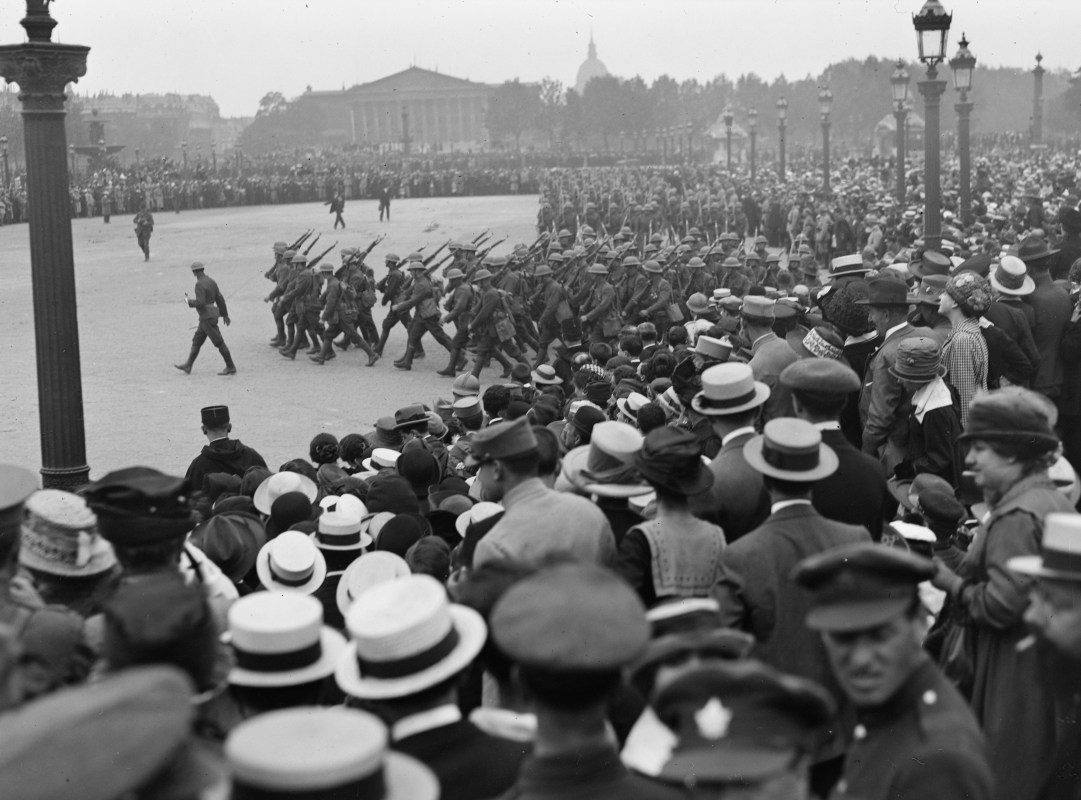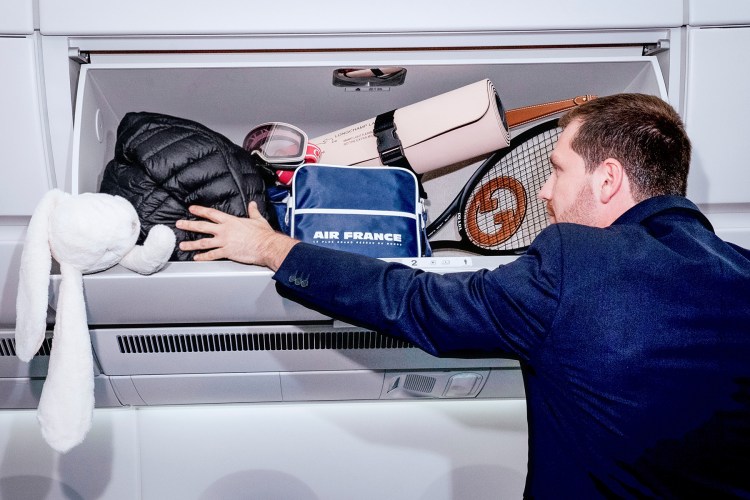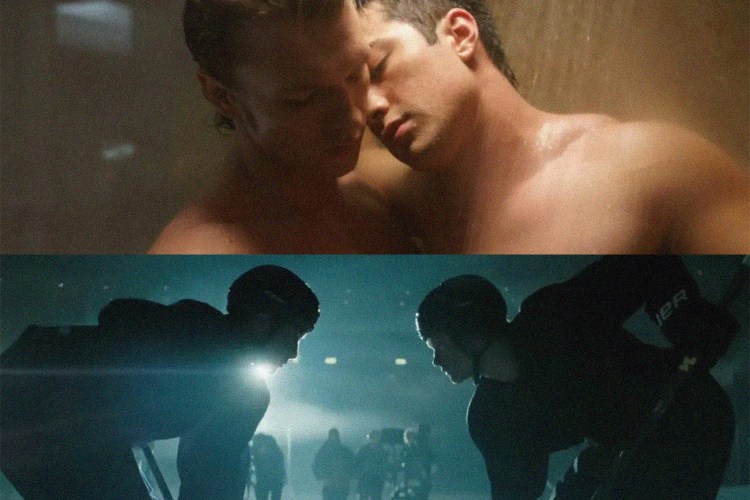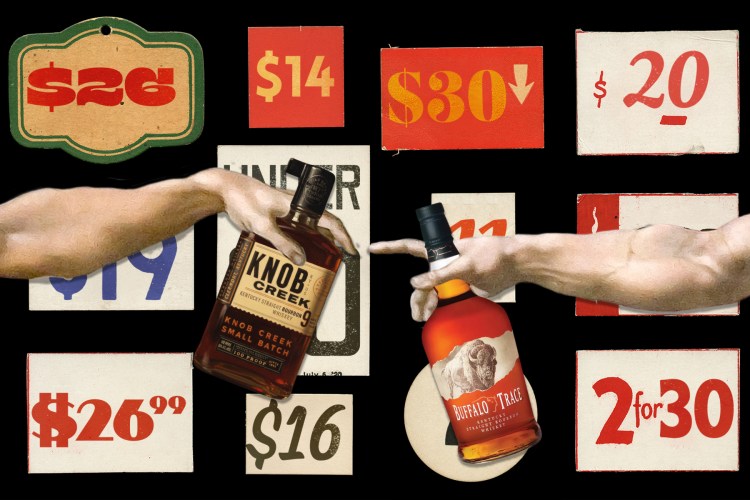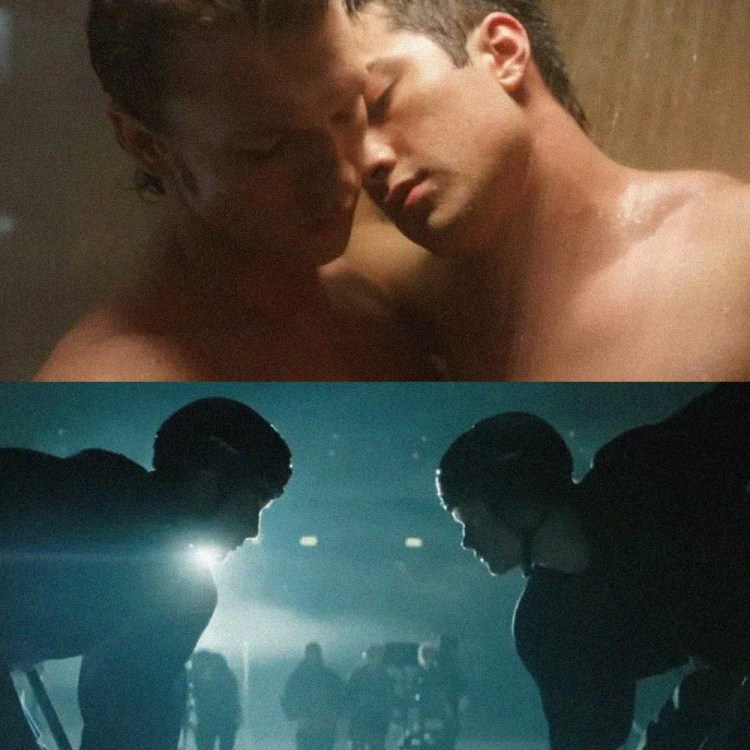As hundreds of American flags flapped in the summer breeze from balconies overhead, thousands of onlookers packed together, tighter and tighter, spilling onto rooftops and tree branches, waiting.
Then, finally, the first soldiers came into view. The “enthusiasm became uncontrollable” and the people “cheered themselves hoarse as company after company of khaki-clad Americans swung past to the stirring tunes played by a double band,” The New York Times reported at the time.
While a similar massive celebration was to follow in New York City on this day one century ago, the wide boulevards these soldiers marched down weren’t in any American city, but in Paris, France, more than 3,500 miles away across the Atlantic.
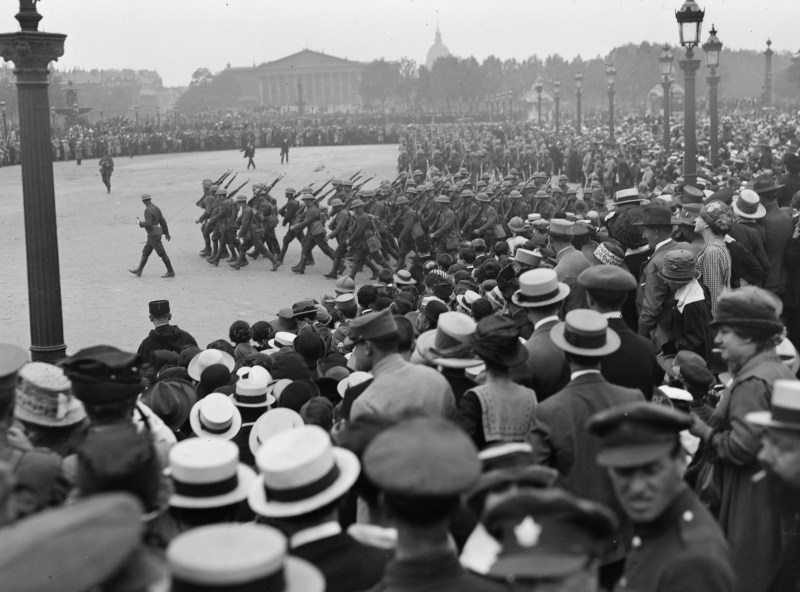
“In Paris the red, white and blue of France is so blended with the red, white and blue of America that it is difficult to tell at a glance where one flag begins and the other ends,” the Times said on July 3, 1918, noting that the people of Paris were apparently so excited about the American holiday that they started celebrating 24 hours early. “The walls of the Louvre, which has looked very gray and grim with locked doors and hidden treasure since the beginning of the war, are now ablaze with the colors of the two Republics, and the black mourning which has draped the statue of the city of Strasbourg in the Place de la Concorde … is relieved by the red, white and blue of America.”
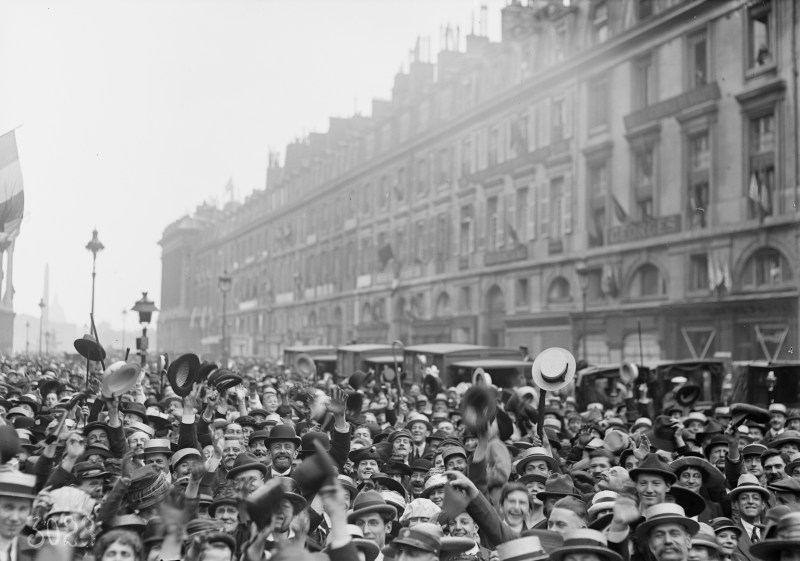
The “war,” of course, then referred to the First World War — what was then optimistically thought to be the war to end all wars.
The conflict broke out four years before, after a tangle of military alliances pitted the European powers against each other following the assassination of Archduke Franz Ferdinand of Austria. Britain, France and Russia were the major powers on one side with Germany and Austria-Hungary leading the other.
Under President Woodrow Wilson, the U.S. stayed out of the war for three years. But following provocations from Germany including attacks on U.S. ships, the U.S. joined the fray in April 1917. By early 1918, however, U.S. troops – many of whom were drafted just months before – were still largely untested in the desperate trench-laden battlefields of France, and it appeared Germany was progressing toward victory.
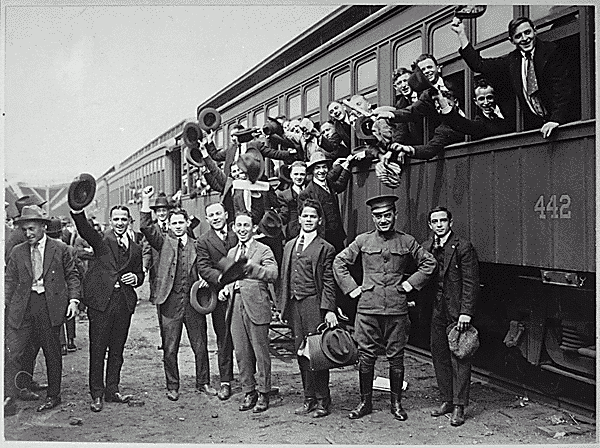
“World War I was the first time an American army had fought in a European war, and they were being delivered to the doorstep of a slaughterhouse,” the Times wrote in a retrospective in 2014.
But the new troops proved themselves in a month-long battle at Belleau Wood in June 1918. By the time the Independence Day celebrations rolled around a few days later, the tide was turning.
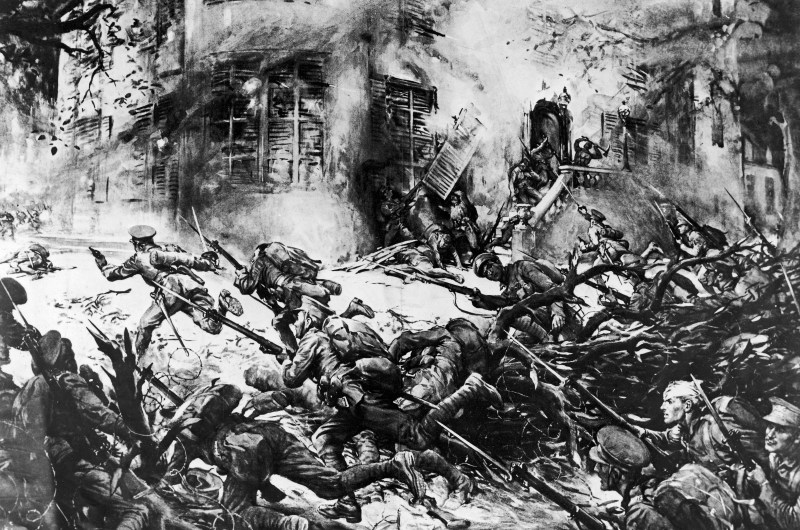
It would be another four months of hard fighting before the war officially ended and Germany was forced to sign an armistice.
But back on July 4, 1918, like their other allies in England, the French celebrated as if victory were the only possible outcome.
“Parisians took to the holiday more gaily than any since the beginning of the war,” the Times wrote. “All Government offices, banks, the Bourse [stock exchange], and thousands of business buildings and private houses in every quarter were decorated with American colors. Cabs and delivery carts are ornamented with little American flags.”
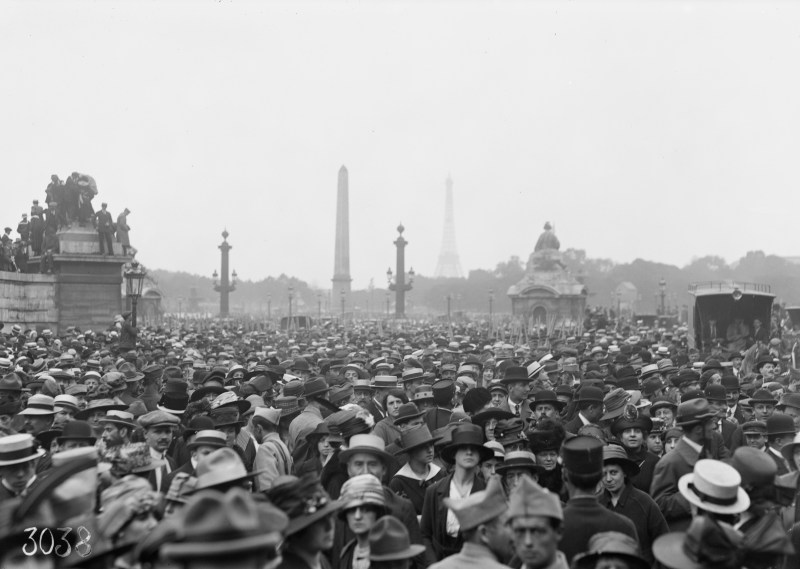
In Nice in southern France, the city “assumed the holiday spirit of the days long since forgotten – the happy days of peace.”
The day before the celebration, a Times correspondent in Paris recounted that he came upon one woman preparing to drape an American flag from her doorway. He asked her why.
“It is the flag of those who have come,” she said.
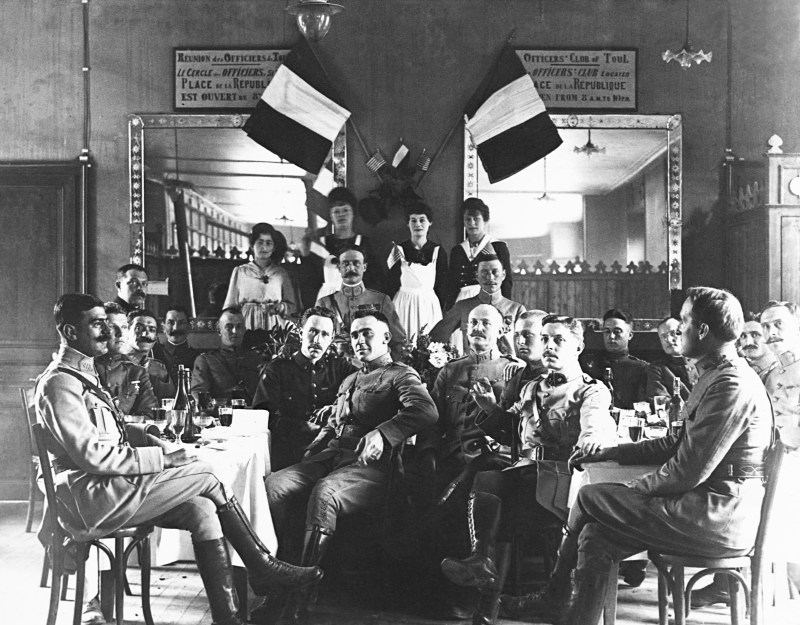
This article appeared in an InsideHook newsletter. Sign up for free to get more on travel, wellness, style, drinking, and culture.
